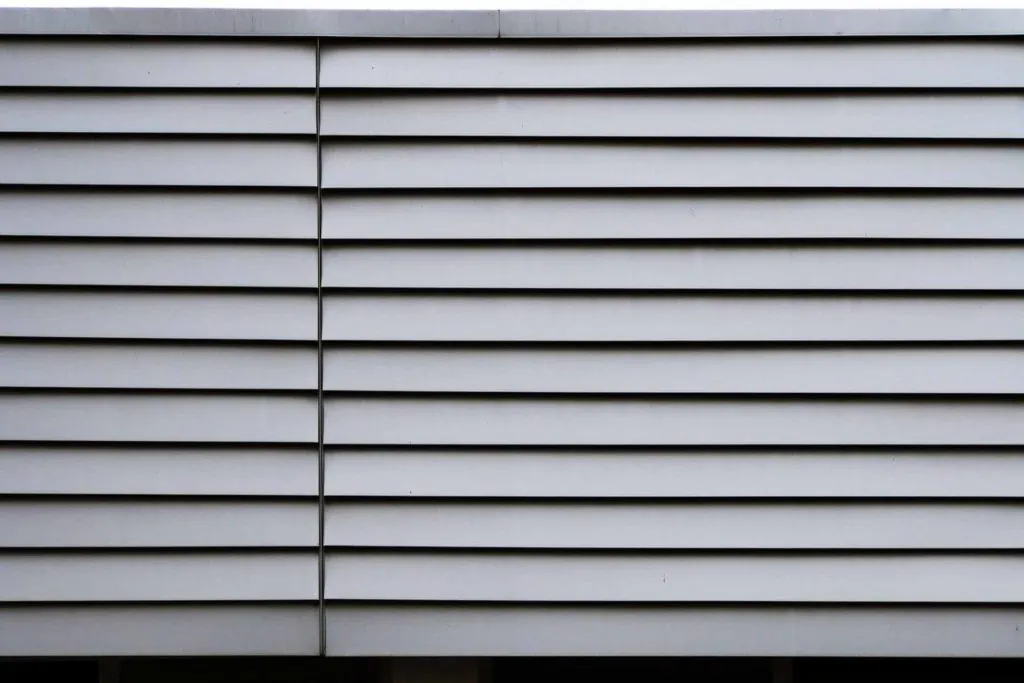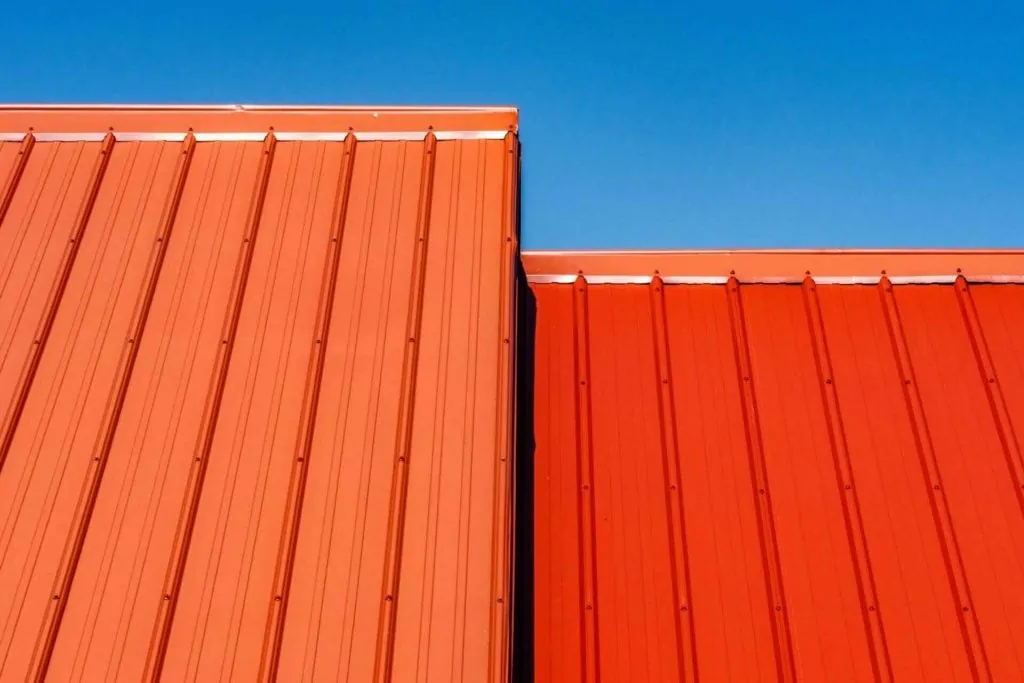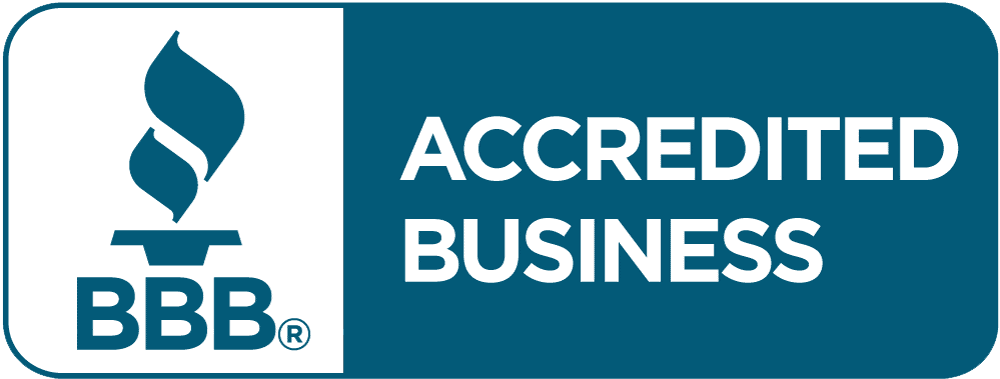Your Handy Guide to Metal Cladding and its Benefits

There are a lot of different materials you can use for your roofing—asphalt shingles, clay tiles, standing seam metal, and many more. The same goes for siding exteriors—wood, concrete, vinyl, and metal, among others.
But what is metal cladding? Simply put, it’s a metal covering on any structure. It helps to better protect your house from the weather and other elements like rust or mold. A metal cladding can be used for both your roof and siding.
Let’s look more closely into some metal cladding benefits so you can find out why it’s better to use than other materials.
Benefits of Metal Cladding
Durability
The biggest benefit you can get from metal cladding is its durability. Wood absorbs moisture and is therefore prone to mold and rotting. Concrete also gets molds due to high humidity. This affects the material’s durability and speeds up its wear and tear.
With metal, you won’t get any of these. It doesn’t absorb moisture nor does it get affected by high humidity. When you add metal cladding over your house’s concrete exterior walls, you make it much more durable.
Easy Maintenance
Metal cladding is also low maintenance. It’s built to last for several decades. With a wood cladding, you’ll have to reapply wood finishes every couple of years or so to keep it durable. This only takes up a chunk of your time and budget.
With metal cladding, you won’t have to worry about maintenance. Using galvanized steel makes your cladding resistant to corrosion and extends its durability.
Practicality
Getting metal cladding for your home proves to be a practical choice. It might not be the most affordable option out there, but it’s certainly worth the investment. With such a low-maintenance material for your exteriors, you’ll be saving yourself a lot of trouble down the road.
Also, metal can be repurposed. Scrap steel can always be recycled to serve other purposes. Doing so reduces your carbon footprint by a lot. With 1.5 million tons of roofing shingles wasted each year, metal is clearly the more practical option.
Fire Resistance
Metal cladding is also fire resistant. Contrary to popular belief, it doesn’t make your house more prone to a lightning strike. But even in the event that lightning does strike your home, metal won’t combust like other materials.
Also, if there’s fire—whether outside or inside your home—a metal cladding incurs less damage than other roofing and siding materials.
Aesthetic Appeal
There’s no denying that the overall look of a home is important. But when you’re asked to choose between aesthetic and functionality, especially for your exteriors, you’re bound to choose one and sacrifice the other.
Good thing that metal cladding saves you from all that trouble. With its several styles and finishes, you get both aesthetic and functionality for your home. Metal also gives modern homes a distinct and striking look that’s sure to add to your home’s overall appeal.
Cons of Metal Cladding
Like all other exterior materials, metal cladding also has its share of disadvantages. These aren’t necessarily dealbreakers, but they’re still nice to know and take note of.
Upfront Costs
As mentioned earlier, metal cladding isn’t the most affordable option out there. Metal, for both roofing and siding, costs you more money upfront. But then again, taking into account all the money you can save from maintenance and repairs, your upfront costs wouldn’t seem like such a big deal.
Noise
Noise could also be one of the disadvantages of using metal for your exteriors. When rain or hail hits metal, it does make a sound. But metal isn’t noisier than, say, asphalt. When you have proper insulation in your home, the sounds from outside won’t be bothersome even if you use metal cladding.
Prone to Dents and Rusting
Metal tends to rust over time, especially when you live in areas that have a wetter climate. It can also be dented or scratched by hail or twigs. Its paint can also peel. But these can always be repaired.
A material like aluminum doesn’t rust, although it’s softer and more prone to dents. Steel is a sturdier and more durable option. Just make sure it’s galvanized so that it also stays rust-resistant.
Metal vs. Asphalt Roofs
The two most popular and widely used types of roofing are metal and asphalt. Check out how they perform against each other in different aspects so that you can decide which material to use for your roof.
Durability
When it comes to durability, metal is the clear winner. It’s able to withstand most, if not all, weather conditions. It can last up to more than 50 years. Aside from dents, there aren’t other pressing issues with a metal roof.
Asphalt roofs are also durable. They’re also built to last. But they tend to crack and curl over time, especially with strong winds. Moisture could also get under them and cause your house to leak. Their lifespan is usually shorter than that of metal roofs.
Price
Asphalt is one of the cheapest roofing materials you can find. Without sacrificing quality, asphalt roofs are very much worth the investment. You’d have to have them repaired or maintained more often than metal roofs, though.
Metal roofs are pricier upon installation, but they hold up much better than asphalt roofs. They also last longer and provide better insulation for your home, helping you save up on your energy bills.
Environmental Effects
Metal roofs are better for the environment in that they’re sustainable. They can be repurposed several times and still remain durable. They don’t just go to waste in landfills.
Asphalt shingles, on the other hand, do. They also require replacement more often than metal roofs, thus adding to the waste. Asphalt is also petroleum-based. This means that as a fossil fuel, it emits harmful gases like carbon dioxide which are dangerous to the environment.
Ease of Installation
Asphalt roofs are less complicated to install. It can be installed over an existing roofing layer. And with enough knowledge and skills about it, you can probably even do it yourself.
Metal roofs are a little more complicated to install. They require special skills from professionals to make sure they’re installed properly. Check out our guide on how to choose a metal roofing installation company to assist you.
Repairs
Asphalt roofs are easier to repair, too. When you have a cracked shingle, it doesn’t take much to replace it. But when it’s a metal roof that needs repairs, you usually have to replace the entire panel which is also, by the way, connected to other panels. It takes more effort and skill to repair metal roofs than asphalt shingles.
Metal Roofing

Whichever material you use for your roofing and siding exterior, you have to make sure it’s durable. The “best” material differs depending on the climate in your area.
But if you want a safe option, metal roofing works for most climates. It also gives your house enough insulation and protection from outside elements. Metal cladding is an investment—and definitely a worthy one at that. It lets you sleep better at night knowing that your house is secure.
Again, here’s why you should use metal cladding for your roofing and siding exteriors:
- Metal cladding is more durable than most types of roofing and siding materials. You won’t have to worry about anything much, aside from dents and scratches.
- It’s also easier to maintain. It doesn’t need much attention since it’s built to last.
- It’s less affordable than other options, but imagine the amount you can save on repairs in the future. Metal cladding is a good investment.
- Metal cladding is fire-resistant. It won’t combust with lighting. It also helps contain emergency fires inside and protects you from outside fires.
- It comes in different colors, styles, and finishes to fit any home’s aesthetic. Metal cladding is perfect for modern homes due to its visual appeal.




